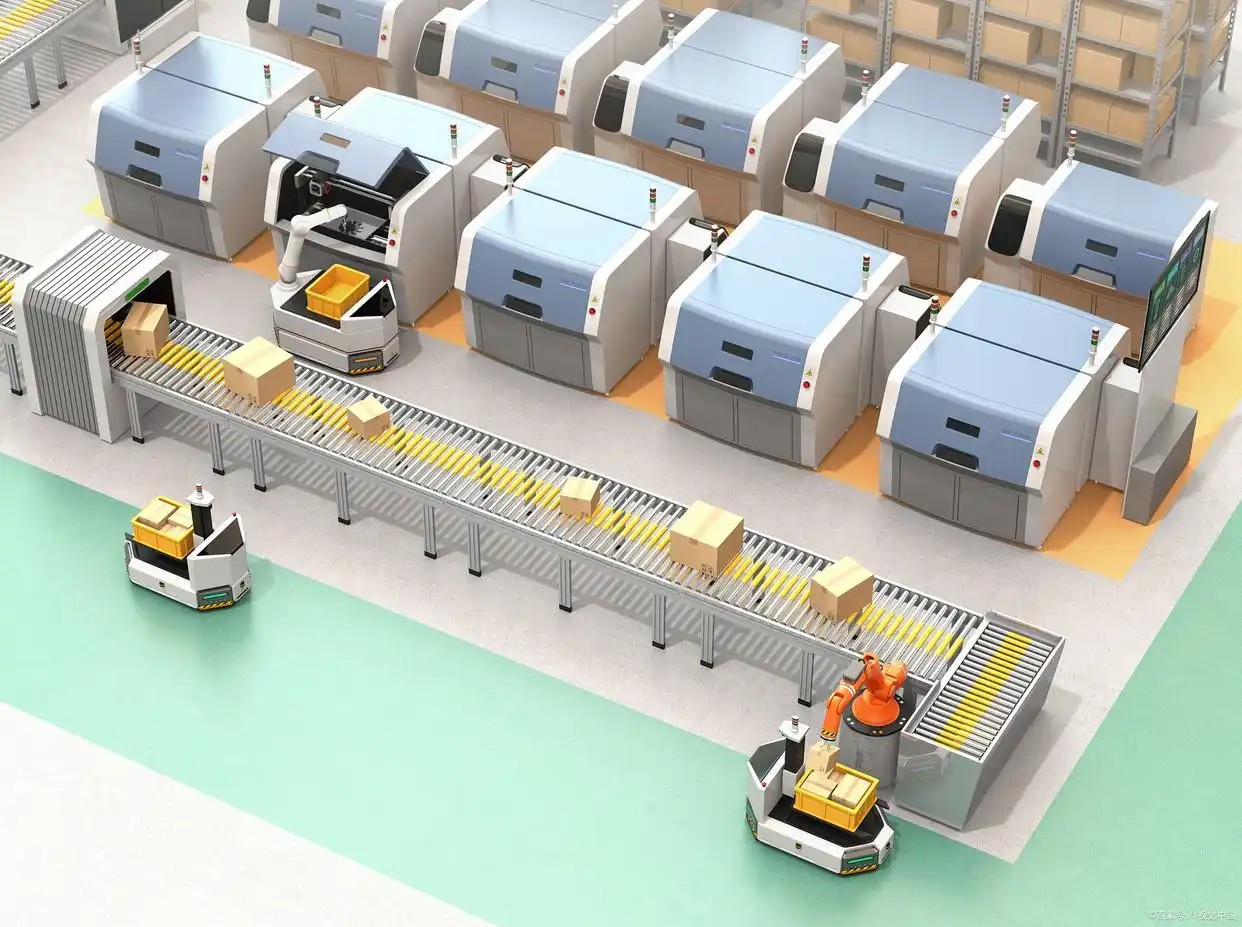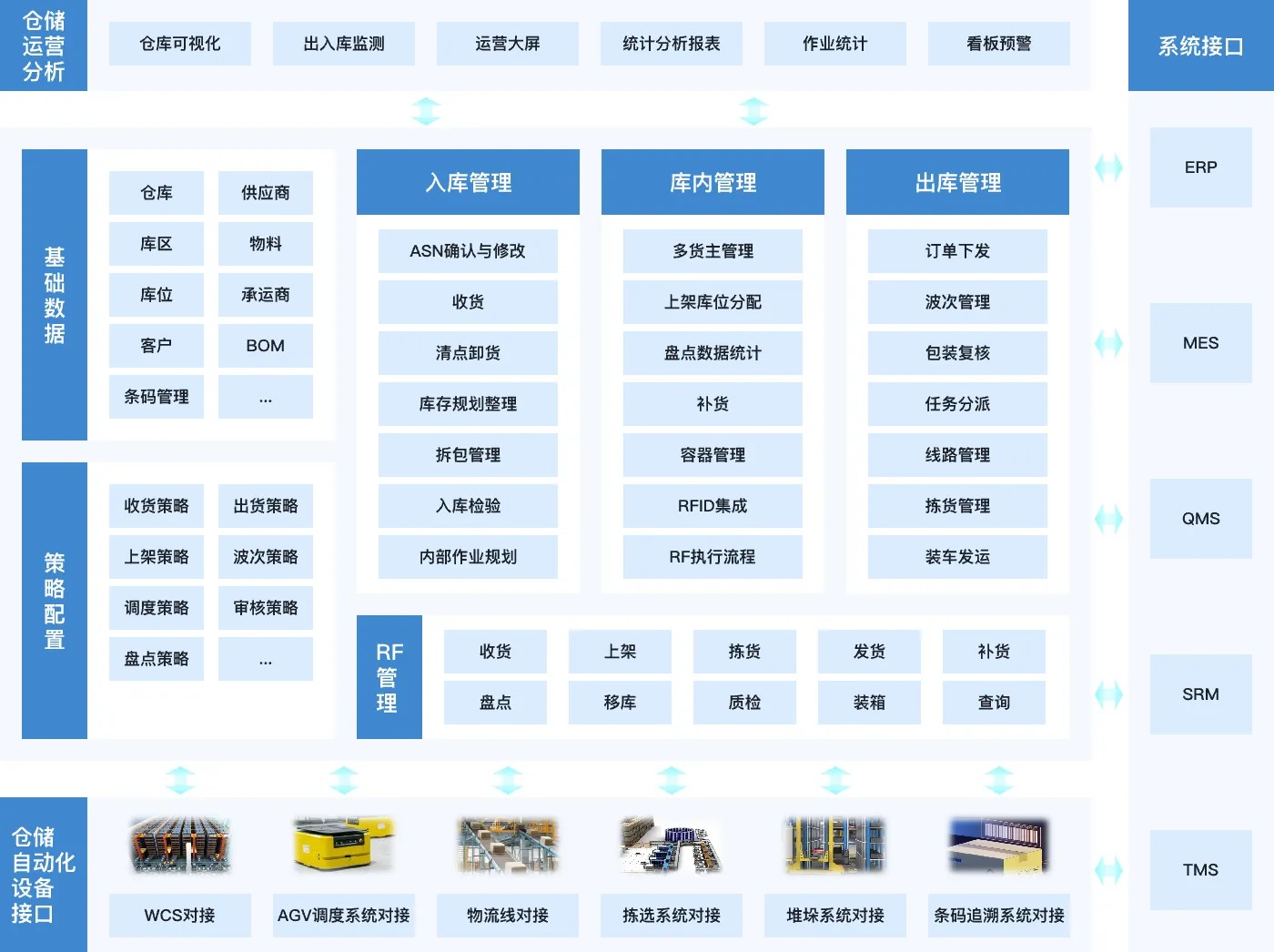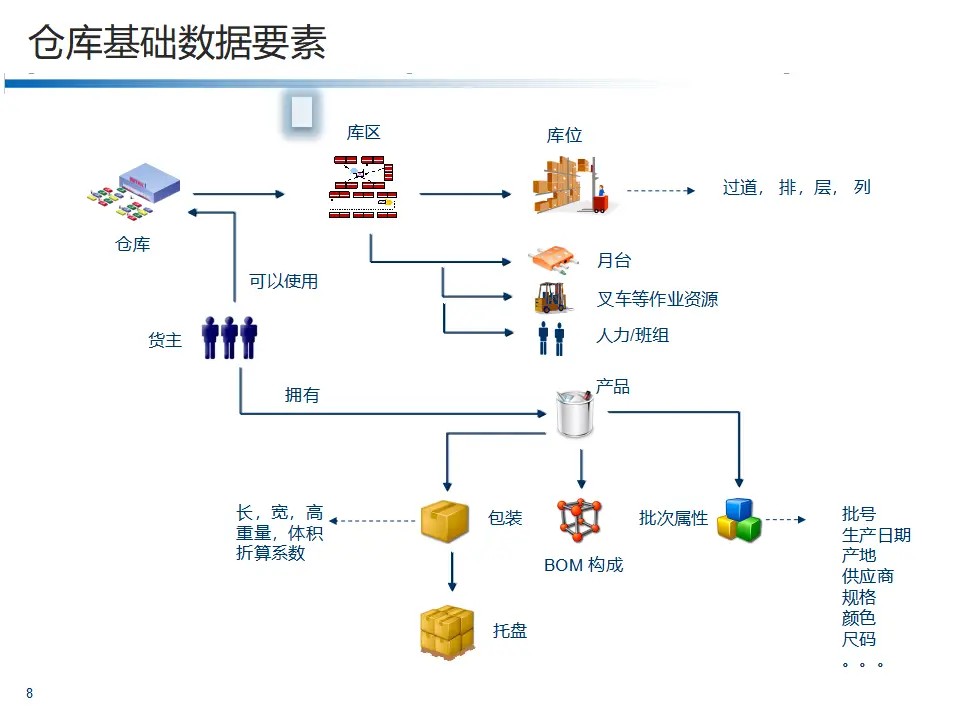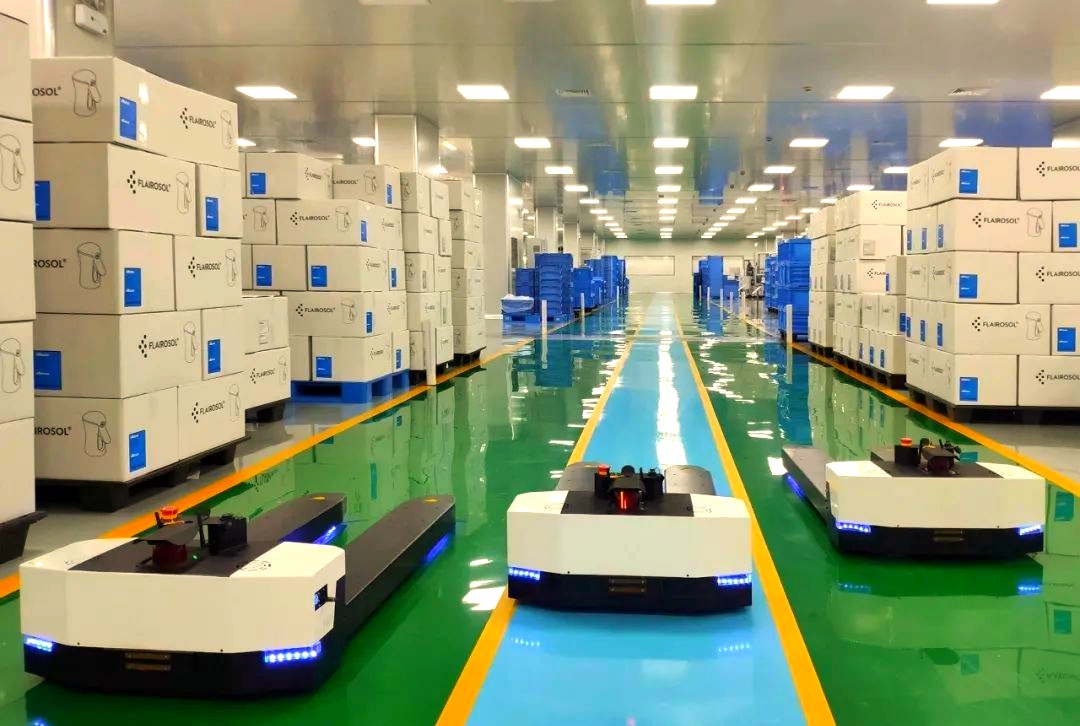- By 小编
- 2025-08-05 15:06:55
- Industry Information
AGV + WMS: Elevating Smart Warehousing for High-Efficiency, Precision Logistics
As intelligent manufacturing and logistics automation accelerate, traditional warehouse management is increasingly struggling to keep pace in terms of efficiency, accuracy, and cost control. The integrated AGV (Automated Guided Vehicle) and WMS (Warehouse Management System) solution offers a seamless leap toward automation, digitalization, and intelligence.

Ⅰ. Pain Points in Conventional Warehousing: Critical Challenges to Address
Chaotic storage and inefficient retrieval: Goods are randomly placed; location data is unclear. Finding and organizing items consumes excessive time and labor.
Manual operations prone to errors: Human-driven handling, picking, and data entry slow down workflows, are costly, and often suffer from mistakes.
Lack of visibility and delayed response: Operational progress isn’t tracked in real-time; anomalies (e.g., delayed orders, inventory discrepancies) are discovered and dealt with too late.
Fragmented systems and poor integration: ERP and other systems receive data manually, making it prone to errors. This leads to inefficient data flow and hinders decision-making.
The AGV + WMS integrated solution is designed precisely to overcome these systemic hurdles.
Ⅱ. System Architecture: Where Intelligence Meets Execution
This solution hinges on the tight integration of WMS (the strategic brain) and the AGV system (the operational arm), with a Robot Control System (RCS) orchestrating seamless coordination.
WMS: Command Center of Smart Warehousing
Inventory governance: Manages inbound, outbound, transfers, and cyclical counts with precision.
Order orchestration: Implements intelligent batching and wave-based order grouping to boost fulfillment speed.
Operational policies: Sets smart rules for putaway, picking, replenishment, and stock control.
Insightful analytics: Continuously monitors turnover ratios, efficiency metrics, and performance indicators to drive decision-making.

AGV System: On-the-Ground Executor
Autonomous navigation: Utilizes technologies like laser SLAM, QR codes, and magnetic strips for precise localization.
Dynamic dispatch: RCS assigns tasks among AGVs, optimizing routes and enabling multi-robot cooperation.
Automated handling: AGVs autonomously execute pick-up, transport, and placement, integrating seamlessly with conveyors, lifts, and robotic arms.

Coordinated Workflow
Order processing & task generation: WMS analyzes incoming orders, generates optimized material handling commands.
AGV dispatching: RCS allocates tasks based on task urgency and AGV availability.
Automated task execution: AGVs navigate to the designated location and complete pick→transport→drop operations.
Real-time feedback loop: Task status is immediately updated in WMS, ensuring inventory accuracy.
Ⅲ. Key Benefits of AGV + WMS Integration
Boosted Space and Operational Efficiency
Intelligent slotting: Optimizes warehouse layout, increasing usable space.
Reduced labor dependency: Automated workflows minimize manual handling, speeding up operations and lowering labor costs.
Configurable strategies: Flexible rulesets for putaway, picking, replenishment, accommodating varying business needs.
Improved Accuracy and Responsiveness
Precise task execution: AGVs strictly follow system instructions, eliminating human errors.
Accelerated process flow: Robotic transport shortens internal logistics lead time, streamlining coordination with suppliers and customers.
Data-Driven Visibility and Control
Live inventory insight: Every operation triggers a real-time update, ensuring traceable and accurate inventory records.
Smart alerting: Automated monitoring flags anomalies like inventory variances, equipment malfunctions, or delays, enabling swift resolution.
Seamless System Integration and Ecosystem Synergy
Open API architecture: Supports custom fields and external integrations with ERP, MES, and TMS, breaking down silos.
End‑to‑end automation: Enables full-cycle data exchange and operations from order receipt through delivery, enhancing supply chain overall performance.

Ⅳ. Typical Use Cases: Unlocking Smart Warehouse Value
1. E‑commerce Fulfillment Centers
Goods‑to‑person picking: AGVs deliver racks or bins to pickers, eliminating the need for walking and boosting throughput.
Scalable peak performance: Fleet management during peak events like Double Eleven or 618 handles surges effortlessly.

2. Manufacturing Warehouses for Raw Materials & Finished Goods
JIT material delivery: AGVs automatically deliver materials to production lines based on MES/WMS schedules.
Automated stocktaking: AGVs equipped with RFID scan and update inventory autonomously, improving accuracy and reducing labor.

3. Pharmaceutical & Cold Chain Storage
Full temperature & location traceability: AGVs operate reliably in cold storage, carrying vaccines, medicines with temperature logs seamlessly.
Regulatory compliance support: Automated operations reduce contamination risk and support GSP/GMP compliance.

✅ Conclusion
By tightly integrating AGV systems with advanced WMS, modern warehousing gains transformative capabilities: optimized operations, precise execution, real-time visibility, and reliable cost control. Adopting AGV + WMS is an essential step for any enterprise striving for an intelligent, resilient, and efficient logistics infrastructure.




